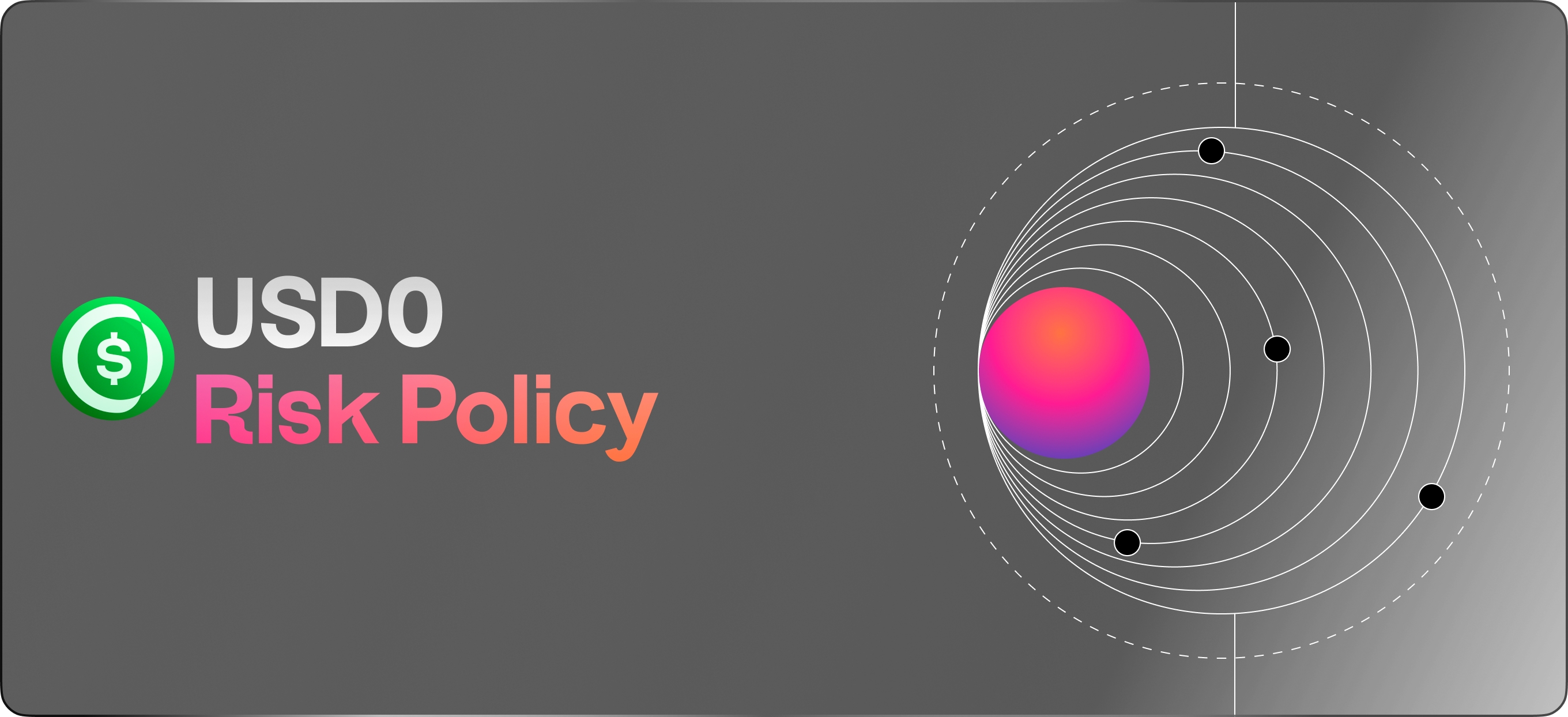Interest Rate Risk
Definition
Interest rate risk refers to the potential for changes in interest rates to negatively impact the value of our collateral. When interest rates rise, the value of fixed-income securities, such as bonds, typically decreases. This is because the fixed interest payments provided by these securities become less attractive compared to the higher rates available in the market. As a result, investors may experience capital losses if they need to sell their fixed-income securities before maturity.
Impact on Usual’s collateral
Ideally, we would deposit our collateral at a central bank to earn risk-free daily interest; however, this isn't feasible for Usual as the Federal Reserve does not accept crypto stablecoins. As a result, Usual opts for RWA as collateral, mainly using tokenized US bonds and money market funds that invest in short-term maturities.
This investment strategy exposes Usual’s collateral to interest rate fluctuations. To manage this risk, we employ 'duration,' a traditional finance metric that measures the expected fluctuation in a bond's price due to changes in interest rates. Generally, bonds with longer durations are more sensitive to interest rate changes, impacting their prices more significantly.
For example, a bond with a 5-year duration would decrease by about 5% in value if interest rates rise by 1%.
This approach simplifies the complex dynamics of interest rate impacts but effectively highlights the risks and our methods for managing them.
Risk Monitoring and Management
First Line of Mitigation:
Duration Limits: Real World Assets (RWAs) must have a duration of less than 0.5 years, with the portfolio average duration not exceeding 0.33 years.
Second Line of Mitigation:
Regular Monitoring: We regularly monitor the overall duration of our collateral, calculated as the weighted average duration of all assets held as reserves.
Handling Passive Deviations: We closely monitor deviations such as those caused by user transactions (deposits or redemptions) or market-driven changes in RWA duration. We allow for a tolerance threshold of 0.25 years to manage minor fluctuations without immediate corrective actions.
Third Line of Mitigation:
Corrective Measures: If deviations exceed the tolerated threshold, the following corrective actions are initiated:
Duration Adjustment: Reducing the portfolio duration by selling/redeeming RWAs with higher durations and replacing them with those having shorter durations.
Withdrawal Restrictions: Limiting withdrawals of an RWA from the list of eligible collateral.
Insurance Fund: Increasing the size of the insurance fund, conditional upon having adequate capital.
Future Enhancements:
Automated Reallocations: The protocol may, in the future, implement automatic reallocations between different types of collateral to maintain the best risk-adjusted exposure or transition to using a collateral aggregator/diversifier for enhanced management.
